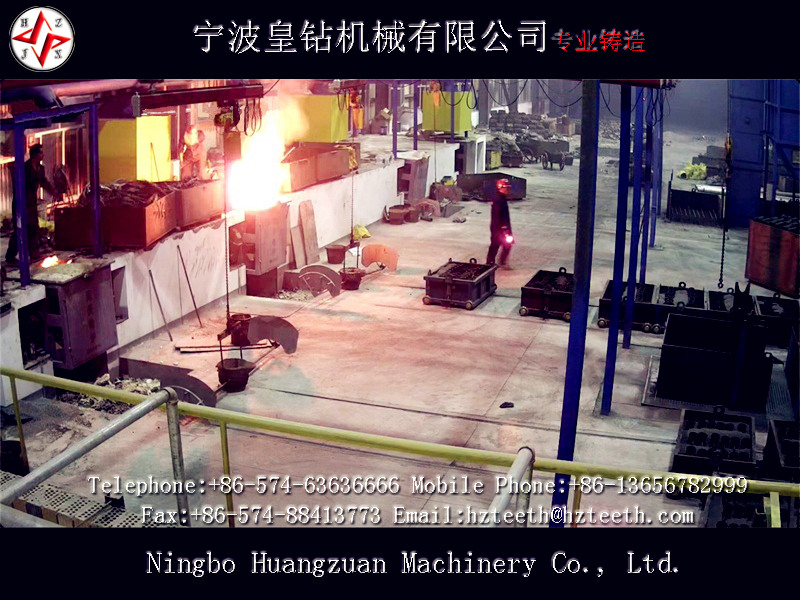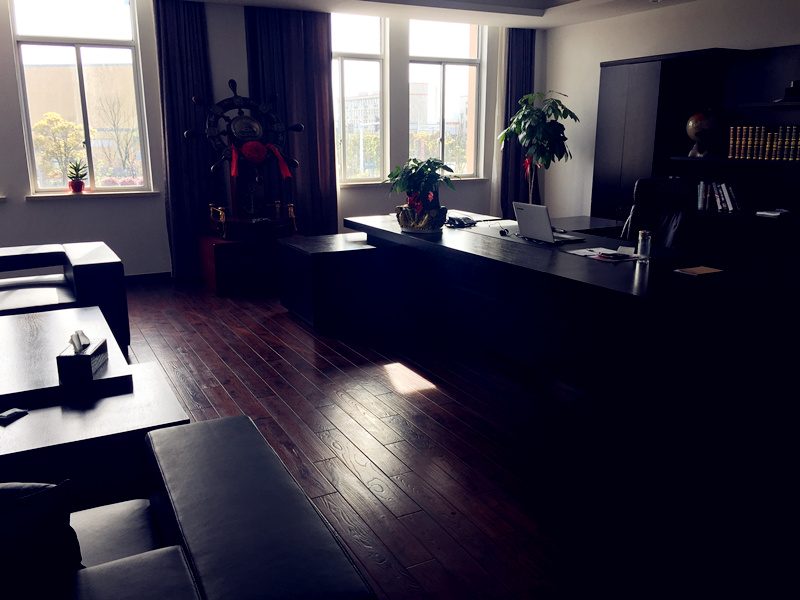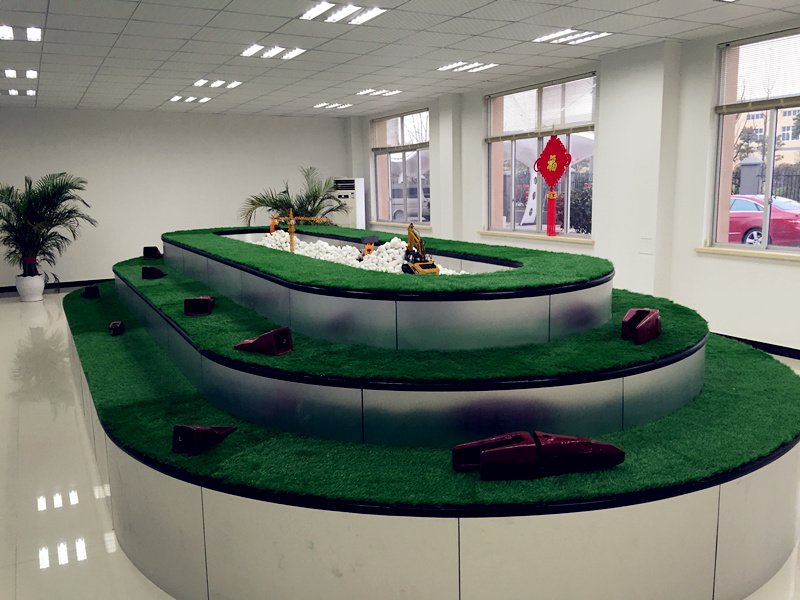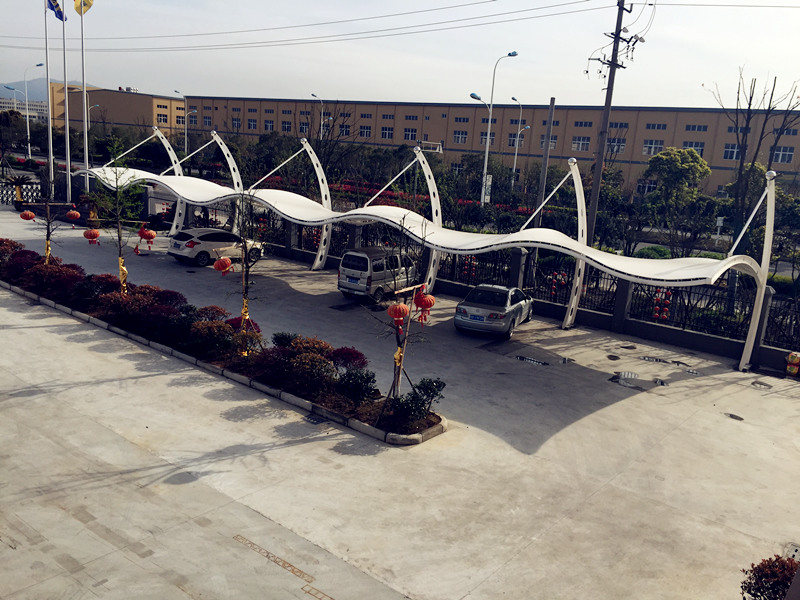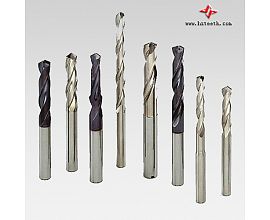A bit used in core drilling. The steel cylindrical drill bit is named for its tungsten carbide cutting tools. The shape of cemented carbide cutting tools and the number of inlay welding on the drill bit, the arrangement and the angle of inlay welding are different. They are called bottom-out edge, inner-out edge and outer-out edge to ensure the clearance between water and powder discharge. The upper part of the bit body is connected with the core pipe by threads. There is a flume on the side of the bit body and a water outlet on the bottom lip surface. Both the flume and the nozzle ensure the circulation of the flushing fluid to remove rock powder and cool the drill bit. In order to increase the clearance when drilling in clay and shale strata, the ribs are welded on the inner and outer sides of the cemented carbide bit, which is called rib bit. Needle cemented carbide self-grinding bit can be used in hard formation with high abrasiveness. Generally, Carbide Drillscan drill in strata with rock drillability of grade II-VII, and needle cemented carbide bits can drill in rock of grade VI-VII.
Carbide Drills break rocks by impact loads generated by drilling pressure and self-rotation. In rock drilling, the bit is subjected to high frequency impact load, torsion, bending, tension, compression and other complex stresses, and is subjected to wear and corrosion of working media such as rock, rock powder and mineral water under high speed rotary impact environment.
Most of the cone bits used at home and abroad are tri-cone bits. The characteristics of this kind of drill are that the distribution range of axial pressure and impact load is large and uniform, and the effective space can be fully utilized to drill smoothly. The size and shape of cemented carbide teeth for cone bits must be suitable for rock properties, requiring good wear resistance, high strength, and not easy to break and fracture. The main carbide teeth used in cone bit are spherical teeth, conical spherical teeth, wedge teeth, edge wedge teeth and flat top teeth for wheel back and claw tip.
Generally speaking, the cone bits used for drilling extremely hard rock layers are mainly spherical teeth with drilling pressure of 892-1339 MPa and rotational speed of 50-80 r/min; cone-spherical teeth are used for drilling hard and medium hard rock layers, with drilling pressure of 714-1071 MPa and rotational speed of 60-100 r/min; wedge teeth or side wedge teeth are used for drilling soft and medium soft rock layers, with drilling pressure of 535-803 MPa and rotational speed of 80-120 r/min.
The Carbide Drills can be divided into four basic types: integral cemented carbide bit, cemented carbide indexable bit, welded cemented carbide bit and replaceable cemented carbide crown bit. Each bit has the benefit of being suitable for a particular processing prerequisite.
(1) Integral Carbide Drills
(2) Carbide Drills indexable insert bit, the drill with Carbide Drills endexable insert has a wide range of Machinable aperture, and the processing depth is 2D-5D (D is the aperture). It can be used in lathes and other torsional machine tools.
If you are interested in carbide drills, please do not hesitate to contact us. Our company Ningbo Huangzuan machinery Co ., Ltd Established in 2008,located in No.368,Cidongbei Road,Binhai Economic Development Zone,Cixi,Zhejiang,China. Our company is a specialized manufacturer of bucket teeth, bucket adaptor and side cutter which is used for digger , bulldozer and ripper.
With production facilities covering an area of 18136 square meters, we currently have the technology of lost wax casting, precoated sand casting, resin sand casting, have the advanced instrument such as spectromaxx, Brinell hardness tester, universal testing machine,metalloscope.



